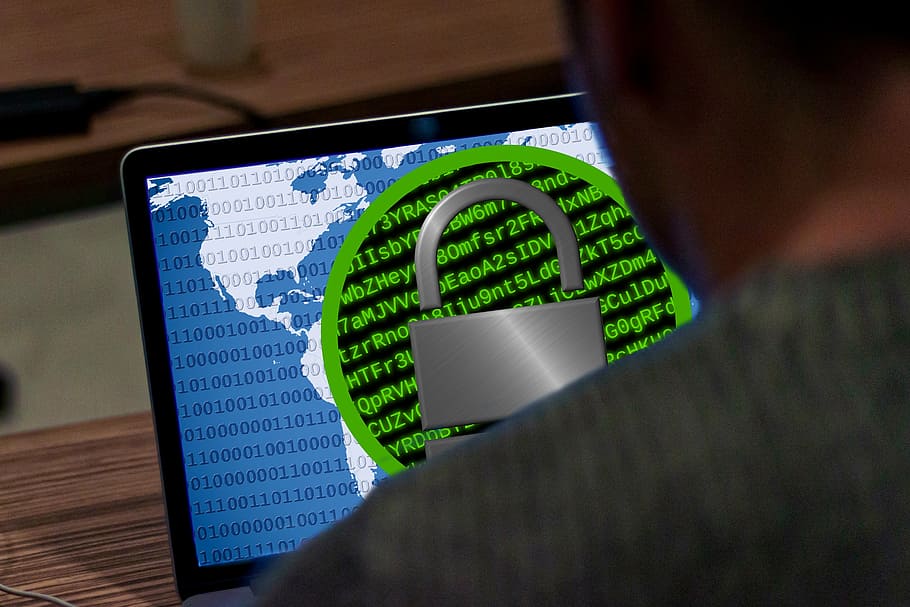Malware is a type of software that gets onto your computer and is created to acquire data from your device. The main way to prevent this is with anti-virus software, which scans your computer for tell-tale signs of malware and warns you before anything can happen. Often, malware is packaged up to get onto your computer without you ever knowing, and without strong anti-virus software to combat this, you may have an infected machine and never know about it. There are many different types of protective software out there that’s all useful, but when you’re researching the best one for you, make sure it has these features.

New program checking
All good anti-malware software should be scanning any new downloads on your computer to make sure that there’s nothing dangerous in them. One type of malware that can get onto your device like this is ransomware, which is built to steal data from you, and then encrypt it, so that you can’t get it back without paying the person who has acquired it. A good anti-malware software will be able to flag that a download has risky information in it, and delete it before anything can happen.
Regular device scanning
As well as checking new downloads, you’ll also want to ensure that your computer is being checked regularly or any other malware that may have infected your device. Otter is a forensics-dedicated software that runs scans to find any viruses or other malicious software, and ensure that it’s targeted and removed.
Automatic updates
One of the great battles online is the development of new viruses that can get through anti-virus software, and then updating the software to find these new viruses. This is happening all the time, so to make sure that you’re always as protected as possible, you want a piece of software that can update itself without you having to check all the time.
Flagging dangerous websites
One of the best ways to avoid malware is by simply not going on websites that may be able to infect your device. This isn’t always obvious when you’re browsing online, though, and some websites look completely legitimate while they are causing damage to your computer in secret. By having a piece of software that can understand the tell-tale signs of a malicious website, you can avoid it altogether and minimize your chances of having to deal with anything dangerous.
Email spam filtering
Email is one of the most common ways to acquire malware, as it’s much easier to create a legitimate-looking email than a full website. These can then host downloads that look like something harmless, but is a virus in disguise. Good anti-virus software will scan all emails and tag any that look suspicious as spam. You can then delete any that you’re sure isn’t from someone you know, and avoid any downloads you’re not sure about.
Chris Mcdonald has been the lead news writer at complete connection. His passion for helping people in all aspects of online marketing flows through in the expert industry coverage he provides. Chris is also an author of tech blog Area19delegate. He likes spending his time with family, studying martial arts and plucking fat bass guitar strings.